Zens has announced a new wireless charger, giving users "complete freedom of placement" with a new wireless charging strategy.
Traditionally, most charging pads have a fairly small "sweet spot" where a device can be placed for wireless charging. Zens hopes to solve this problem with their new Zens Liberty wireless charger. By overlapping the 16 charging coils, Zens has expanded the active charging area considerably. Two compatible devices can be placed anywhere on the Zens Liberty charging pad to begin wirelessly charging.
The Zens Liberty comes with a 45W universal power adapter that features a USB-C connection and comes with separate plugs for the U.S., UK, and EU. A USB port is placed on the top of the charging pad, with the company claiming that reasoning behind the placement is part of a "new, world's first product introduction that will follow soon."
The Zens Liberty dual-wireless charger comes in two different varieties, the Kvadrat and the Glass.
The Kvadrat edition features a 90% worsted wool surface known as "Atlas." Atlas was created by Kvadrat in cooperation with Danish designer Margrethe Odgaard and boasts a unique pattern due to the nature of the material.
The Glass edition is a limited run that features a see-through glass surface. The 16 charging coils are visible, giving users a sneak peek into what makes their wireless chargers work.
The Zens Liberty Kvadrat edition will be $139.99 upon release, and the Glass edition will ship for $179.99. Both products will be available in November 2019.
We've taken a look at a five-coil charger in the past by Courant Catch, and recently learned about the OtterSpot, a portable, stackable, Qi-Certified charger from OtterBox.
 Amber Neely
Amber Neely




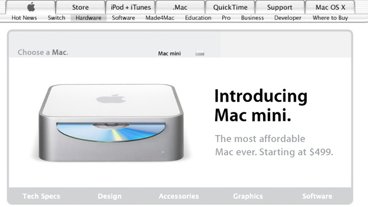
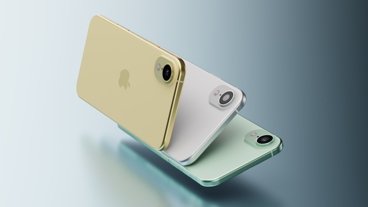
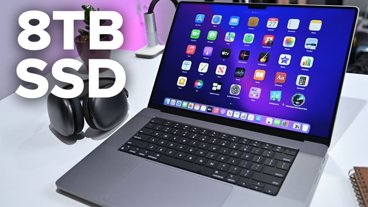
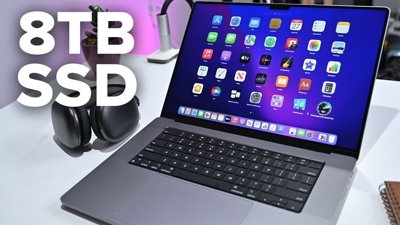
 Christine McKee
Christine McKee
 Marko Zivkovic
Marko Zivkovic
 Wesley Hilliard
Wesley Hilliard
 Malcolm Owen
Malcolm Owen


 William Gallagher
William Gallagher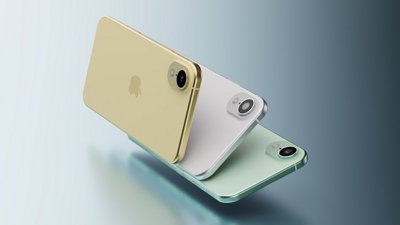


-xl-xl-m.jpg)







17 Comments
I wonder if they settled on 16 coils through a process of elimination. Started with 22 coils like Apple was rumored to use in AirPower (RIP), and eliminated coils until there was an acceptable level of signal interference and heat generation. Good on them if they got it to work. It's still a solution in search of a problem imo. Random placement could be considered a minor convenience, but it ain't a $140-$180 convenience.
If it does not support Apple Watch, I would not even consider it.
I am wondering exactly what the challenge was where Apple decided to pull out.